Home>Gardening & Outdoor>Plant Care & Gardening Tips>When To Plant Native Grasses In Texas
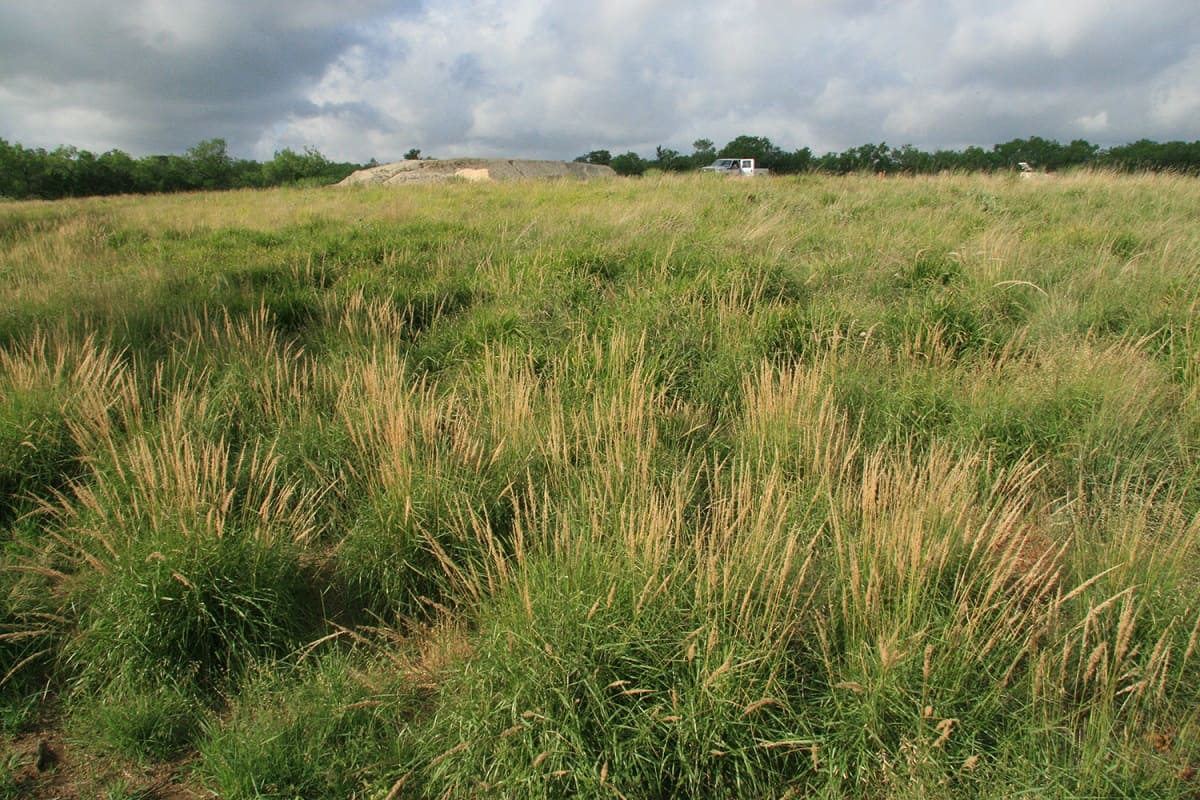

Plant Care & Gardening Tips
When To Plant Native Grasses In Texas
Published: December 25, 2023
Discover the best time to plant native grasses in Texas and get expert plant care and gardening tips for successful growth. Explore the ideal planting season and maintenance practices.
(Many of the links in this article redirect to a specific reviewed product. Your purchase of these products through affiliate links helps to generate commission for Storables.com, at no extra cost. Learn more)
Introduction
Welcome to the diverse and vibrant world of native grasses in Texas! If you"re a gardening enthusiast or a nature lover looking to enhance your landscape with the beauty and resilience of native grasses, you"ve come to the right place. Texas is home to a rich array of native grass species, each offering unique characteristics and benefits for your garden or outdoor space.
In this comprehensive guide, we"ll delve into the fascinating realm of native grasses, exploring the best practices for planting and caring for these resilient plants. Whether you"re aiming to create a sustainable and low-maintenance landscape or seeking to support local ecosystems, native grasses are an excellent choice for enhancing the natural beauty of your surroundings.
Throughout this article, we"ll uncover the optimal timing for planting native grasses in Texas, the essential factors to consider before embarking on your planting journey, and the step-by-step process for ensuring the successful establishment of these resilient plants. Additionally, we"ll provide valuable insights into the maintenance and care required to nurture your native grasses and help them thrive in their new environment.
So, prepare to embark on a captivating journey into the world of native grasses in Texas, where we"ll uncover the secrets to creating a sustainable and visually stunning landscape that harmonizes with the local environment. Whether you"re a seasoned gardener or a novice enthusiast, this guide will equip you with the knowledge and inspiration to cultivate a thriving haven of native grasses in your own backyard. Let"s dive in and discover the wonders of native grasses in the Lone Star State!
Key Takeaways:
- Embrace the fall season for planting native grasses in Texas to ensure their resilience and vibrant growth, aligning with the natural rhythms of the region.
- Carefully consider climate, soil, and wildlife interactions when planting native grasses in Texas, creating sustainable and visually captivating landscapes.
Read more: When To Plant Rye Grass In Texas
Understanding Native Grasses in Texas
Native grasses play a crucial role in the Texas ecosystem, offering a multitude of benefits that extend far beyond their ornamental appeal. These grasses have evolved over centuries to adapt to the unique climate and soil conditions of Texas, making them exceptionally well-suited for local landscapes. By understanding the characteristics and ecological significance of native grasses, you can make informed decisions when incorporating them into your outdoor spaces.
One of the key attributes of native grasses is their remarkable resilience in the face of Texas"s often challenging environmental conditions. These grasses have developed mechanisms to withstand periods of drought, intense heat, and occasional flooding, making them valuable components of sustainable landscapes. Additionally, their deep root systems contribute to soil stability and erosion control, further enhancing their ecological impact.
From the iconic Big Bluestem and Switchgrass to the delicate beauty of Little Bluestem and Gulf Coast Muhly, Texas is home to a diverse array of native grass species, each with its own unique characteristics. Some grasses thrive in the sun-drenched plains of central Texas, while others are well-adapted to the coastal prairies or the rolling hills of the eastern regions. By selecting native grass species that are indigenous to your specific area, you can create a landscape that seamlessly integrates with the natural environment.
Beyond their environmental benefits, native grasses also provide essential habitat and food sources for local wildlife, including birds, small mammals, and pollinators. By incorporating these grasses into your outdoor spaces, you can contribute to the preservation of native ecosystems and support the intricate web of life that depends on them.
Understanding the diverse characteristics and ecological contributions of native grasses in Texas is the first step toward harnessing their full potential in your landscape. By embracing these resilient and ecologically significant plants, you can create a visually captivating and sustainable outdoor environment that reflects the natural beauty of Texas while supporting local biodiversity.
Factors to Consider Before Planting
Before embarking on the rewarding journey of planting native grasses in Texas, it”s essential to consider several key factors that will influence the success and sustainability of your landscaping endeavors. By carefully evaluating these factors, you can make informed decisions and create an environment that nurtures the growth and flourishing of native grasses.
- Local Climate and Soil Conditions: Texas encompasses a wide range of climate zones and soil types, each with its own unique characteristics. Before selecting native grass species, it”s crucial to assess the specific climate and soil conditions of your location. Some grasses thrive in well-drained, sandy soils, while others are better suited to clay-based or loamy soils. Understanding the local climate patterns, including temperature fluctuations and precipitation levels, will guide you in choosing grass species that are resilient and well-adapted to the environmental conditions.
- Sunlight and Shade: Assessing the sunlight exposure in your outdoor space is vital for selecting the appropriate native grass species. Some grasses, such as the iconic Big Bluestem, thrive in full sun, while others, like Inland Sea Oats, are well-suited to partially shaded areas. By understanding the sunlight requirements of different grass species, you can strategically plan the placement of these plants to optimize their growth and visual impact.
- Water Availability and Drought Tolerance: Given the sporadic nature of rainfall in many parts of Texas, considering water availability and the drought tolerance of native grass species is paramount. Selecting grasses that are adapted to drought conditions can reduce the need for supplemental watering and contribute to water conservation efforts. Additionally, incorporating species with varying water requirements allows for a diverse and resilient landscape that can withstand fluctuating moisture levels.
- Wildlife and Ecological Interactions: Native grasses play a vital role in supporting local wildlife and enhancing ecological diversity. Consider the potential interactions between native grasses and wildlife in your area, including the attraction of pollinators, the provision of habitat for small mammals, and the foraging opportunities for birds. By understanding these ecological dynamics, you can create a landscape that fosters a harmonious relationship between native grasses and the surrounding wildlife.
- Landscape Design and Aesthetic Preferences: Incorporating native grasses into your landscape offers an opportunity to explore diverse design possibilities and express your aesthetic preferences. Consider the visual characteristics of different grass species, such as their heights, textures, and seasonal variations, to create a captivating and dynamic outdoor environment. Whether you envision a prairie-inspired meadow or a structured planting design, native grasses can be tailored to complement your desired aesthetic and enhance the overall visual appeal of your landscape.
By carefully evaluating these factors and considering their implications for your specific outdoor space, you can lay a solid foundation for the successful integration of native grasses into your Texas landscape. This thoughtful approach will not only enhance the sustainability and resilience of your outdoor environment but also contribute to the preservation of Texas"s rich ecological heritage.
Best Time to Plant Native Grasses in Texas
Timing plays a critical role in the successful establishment of native grasses in Texas, as it directly impacts the plants" ability to acclimate to their new environment and thrive. Understanding the optimal time for planting native grasses is essential for harnessing their full potential and ensuring their long-term resilience in the local landscape.
In Texas, the best time to plant native grasses typically aligns with the region"s climatic patterns and the natural growth cycles of the selected species. Generally, the fall season, particularly from late September to early November, is considered the ideal window for planting native grasses across many parts of Texas. During this period, the soil retains residual warmth from the summer months, creating favorable conditions for root establishment and initial growth.
Planting native grasses in the fall allows the roots to develop and strengthen over the cooler months, providing a solid foundation for robust growth when spring arrives. This approach aligns with the natural growth behavior of many native grass species, which have evolved to thrive in Texas" seasonal rhythms.
Another advantage of fall planting is the reduced heat stress on newly established grasses. By avoiding the intense heat of summer, young plants can focus on root development without the added burden of coping with extreme temperatures. Additionally, fall planting facilitates efficient water uptake by taking advantage of the typically higher rainfall levels during the season, supporting the initial establishment and hydration of the grasses.
While fall is generally the preferred season for planting native grasses in Texas, it”s important to consider the specific climatic variations across the state. In some regions, such as the Gulf Coast and East Texas, the spring season may also offer favorable conditions for planting certain native grass species. Understanding the local climate patterns and the specific requirements of the chosen grasses is essential for making informed planting decisions.
Ultimately, the best time to plant native grasses in Texas is a nuanced consideration that takes into account the unique characteristics of both the grass species and the local environment. By aligning the planting schedule with the natural growth cycles and climatic dynamics of the region, you can maximize the success of your native grass plantings and set the stage for a flourishing and resilient landscape.
Plant native grasses in Texas in the spring or fall for best results. This allows the grasses to establish strong root systems before the heat of summer or the cold of winter.
Steps for Planting Native Grasses
Embarking on the journey of planting native grasses in Texas involves a series of thoughtful steps aimed at ensuring the successful establishment and long-term vitality of these resilient plants. By following a systematic approach and incorporating best practices, you can create an environment that nurtures the growth and flourishing of native grasses, contributing to the beauty and sustainability of your landscape.
1. Site Preparation: Begin by assessing the planting site to ensure it aligns with the specific requirements of the chosen native grass species. Clear the area of any debris, weeds, or competing vegetation that may hinder the growth of the grasses. If needed, amend the soil based on soil test results to optimize its pH and nutrient levels, providing an ideal foundation for the grasses to thrive.
2. Selection of Native Grass Species: Choose native grass species that are well-suited to the local climate, soil conditions, and sunlight exposure of your site. Consider the height, texture, and growth habits of the grasses to create a dynamic and visually appealing landscape. Select a diverse mix of grass species to enhance ecological resilience and contribute to the overall biodiversity of the area.
3. Planting Method: Depending on the specific grass species, determine whether seeds, plugs, or container-grown grasses will be used for planting. Follow the recommended planting depth and spacing guidelines for each species, ensuring proper root establishment and ample room for growth. Incorporate a mix of planting methods to create a varied and robust grassland ecosystem.
4. Watering and Initial Care: After planting, provide adequate moisture to support the initial establishment of the grasses. Water deeply and consistently, particularly during dry periods, to encourage root development and minimize transplant shock. Implement a watering schedule that aligns with the water requirements of the selected grass species and the local climate conditions.
5. Mulching and Weed Control: Apply a layer of organic mulch around the newly planted grasses to conserve moisture, suppress weed growth, and insulate the soil. Regularly monitor the planting area for invasive weeds and promptly address any weed infestations to prevent competition for resources and ensure the unhindered growth of the native grasses.
6. Monitoring and Adaptation: Continuously observe the growth and development of the native grasses, making adjustments to the care regimen as needed. Consider seasonal variations, weather patterns, and the specific requirements of each grass species when refining the maintenance approach. Regular monitoring allows for proactive intervention and adjustments to optimize the health and resilience of the grassland ecosystem.
By diligently following these steps and incorporating a mindful approach to planting and care, you can create a thriving and visually captivating landscape adorned with the beauty and resilience of native grasses. This process not only contributes to the preservation of Texas"s natural heritage but also fosters a sustainable and ecologically vibrant outdoor environment.
Read more: When Do I Plant Native Seed In Texas
Maintenance and Care for Native Grasses
Once native grasses have been successfully established in your Texas landscape, ongoing maintenance and care are essential to ensure their long-term health, vitality, and visual appeal. By implementing a tailored care regimen and incorporating sustainable maintenance practices, you can support the resilience of native grasses and create a sustainable outdoor environment that harmonizes with the natural rhythms of the local ecosystem.
1. Pruning and Trimming: Periodic pruning and trimming help maintain the aesthetic appeal of native grasses while promoting healthy growth. In late winter or early spring, remove any dead or damaged foliage from the previous year to make way for new growth. Additionally, consider selectively thinning out dense areas to enhance air circulation and prevent the accumulation of thatch.
2. Watering: Native grasses are generally resilient and well-adapted to Texas"s climatic conditions, often requiring minimal supplemental watering once established. However, during prolonged periods of drought, particularly in the initial years after planting, providing occasional deep watering can support the resilience and vigor of the grasses. Be mindful of local water restrictions and conservation practices when implementing a watering regimen.
3. Fertilization: In most cases, native grasses in Texas thrive without the need for regular fertilization. However, if soil test results indicate nutrient deficiencies, consider applying a slow-release, low-nitrogen fertilizer in the early spring to provide essential nutrients without promoting excessive vegetative growth. Always follow recommended application rates and consider organic alternatives for sustainable soil enrichment.
4. Ecological Considerations: Embrace the ecological significance of native grasses by fostering a habitat that supports local wildlife and pollinators. Avoid the use of chemical pesticides and herbicides that can disrupt the delicate balance of the ecosystem. Encourage the presence of beneficial insects and wildlife that contribute to the overall health and biodiversity of the landscape.
5. Seasonal Considerations: Adapt the care and maintenance practices based on seasonal variations and the specific growth patterns of the native grass species. For warm-season grasses, such as Big Bluestem and Switchgrass, spring and summer are periods of active growth, while cool-season species, like Little Bluestem and Gulf Coast Muhly, exhibit vigorous growth in the fall and early spring. Tailor maintenance activities to align with these natural cycles.
6. Preservation of Natural Aesthetics: Embrace the natural beauty of native grasses by allowing them to express their inherent characteristics and seasonal variations. Avoid over-grooming or imposing unnatural shapes on the grasses, instead allowing them to sway gracefully in the wind and transition through their natural growth stages. This approach preserves the authentic charm of native grass landscapes.
By integrating these maintenance and care practices into your approach to native grass cultivation, you can foster a landscape that celebrates the resilience, ecological significance, and natural beauty of these indigenous plants. Through mindful stewardship and sustainable maintenance, native grasses in Texas can thrive and contribute to the creation of visually captivating and environmentally harmonious outdoor spaces.
Conclusion
As we conclude our exploration of the captivating realm of native grasses in Texas, we are reminded of the profound significance and enduring beauty of these resilient plants. From the sweeping prairies to the coastal plains, native grasses play a vital role in shaping the diverse landscapes of the Lone Star State, offering a rich tapestry of ecological benefits and ornamental allure.
By understanding the unique characteristics and ecological contributions of native grasses, we gain a deeper appreciation for their role in supporting local ecosystems, conserving water resources, and providing essential habitat for wildlife. The intrinsic resilience of native grasses, honed through centuries of adaptation to Texas"s climatic and environmental dynamics, underscores their value as sustainable and low-maintenance landscaping elements.
The optimal timing for planting native grasses, typically in the fall, aligns with the natural growth cycles of these resilient plants and sets the stage for robust establishment and long-term vitality. By carefully considering factors such as climate, soil conditions, and wildlife interactions, we can create landscapes that not only showcase the beauty of native grasses but also contribute to the preservation of Texas"s rich ecological heritage.
Through a systematic approach to planting, incorporating diverse native grass species, and implementing sustainable maintenance practices, we can cultivate thriving landscapes adorned with the beauty and resilience of these indigenous plants. By embracing the natural aesthetics and ecological significance of native grasses, we foster outdoor environments that harmonize with the local ecosystem and celebrate the authentic charm of Texas landscapes.
As stewards of the land, we have the opportunity to create sustainable and visually captivating outdoor spaces that honor the resilience and natural rhythms of native grasses. By integrating these resilient plants into our landscapes, we contribute to the preservation of local biodiversity, the conservation of water resources, and the creation of vibrant habitats for wildlife.
So, whether you"re envisioning a serene prairie-inspired meadow or a dynamic grassland ecosystem, the inclusion of native grasses in your Texas landscape holds the promise of creating a sustainable, visually captivating, and ecologically vibrant outdoor environment. Let us continue to embrace the enduring allure and ecological significance of native grasses, nurturing landscapes that reflect the timeless beauty and resilience of the Lone Star State.
Frequently Asked Questions about When To Plant Native Grasses In Texas
Was this page helpful?
At Storables.com, we guarantee accurate and reliable information. Our content, validated by Expert Board Contributors, is crafted following stringent Editorial Policies. We're committed to providing you with well-researched, expert-backed insights for all your informational needs.
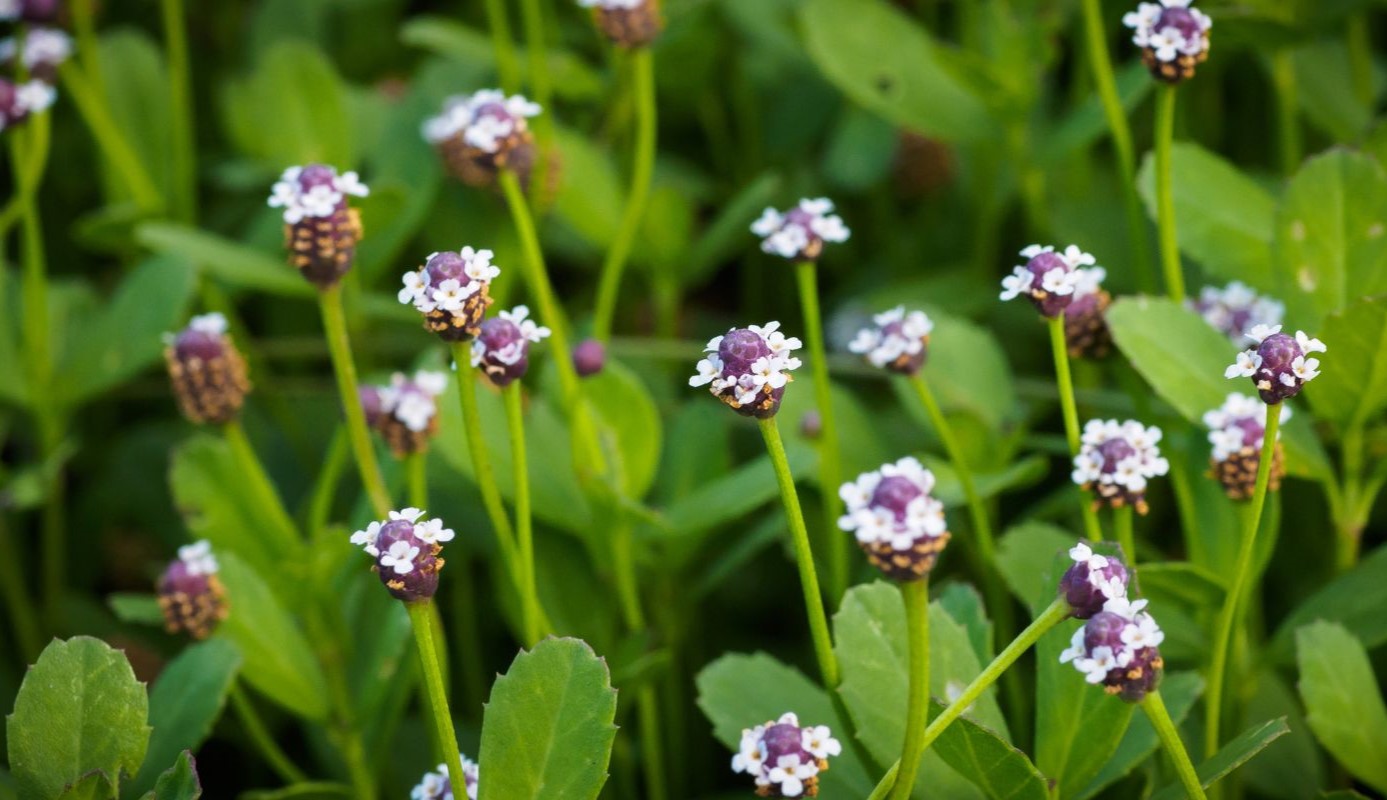
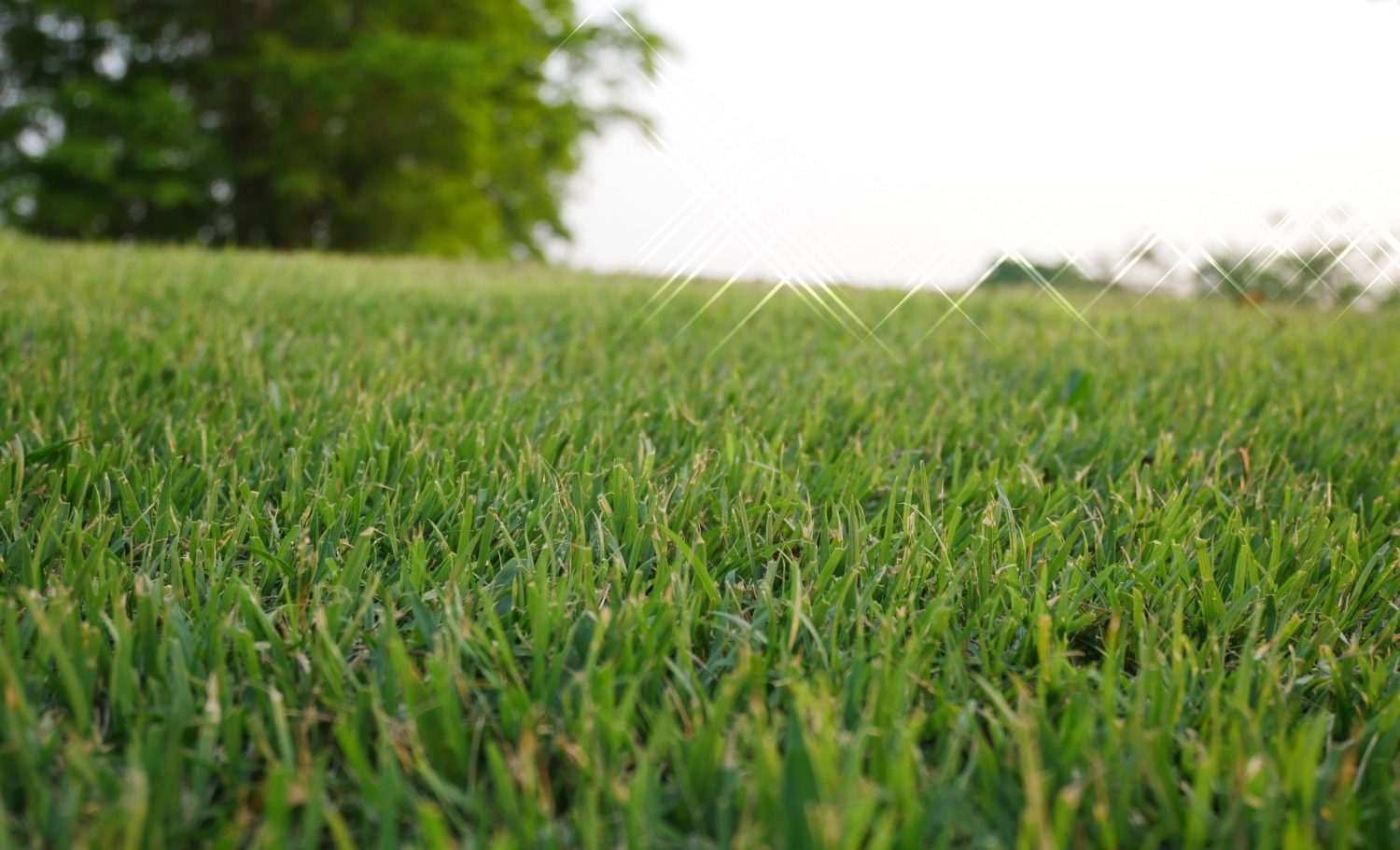
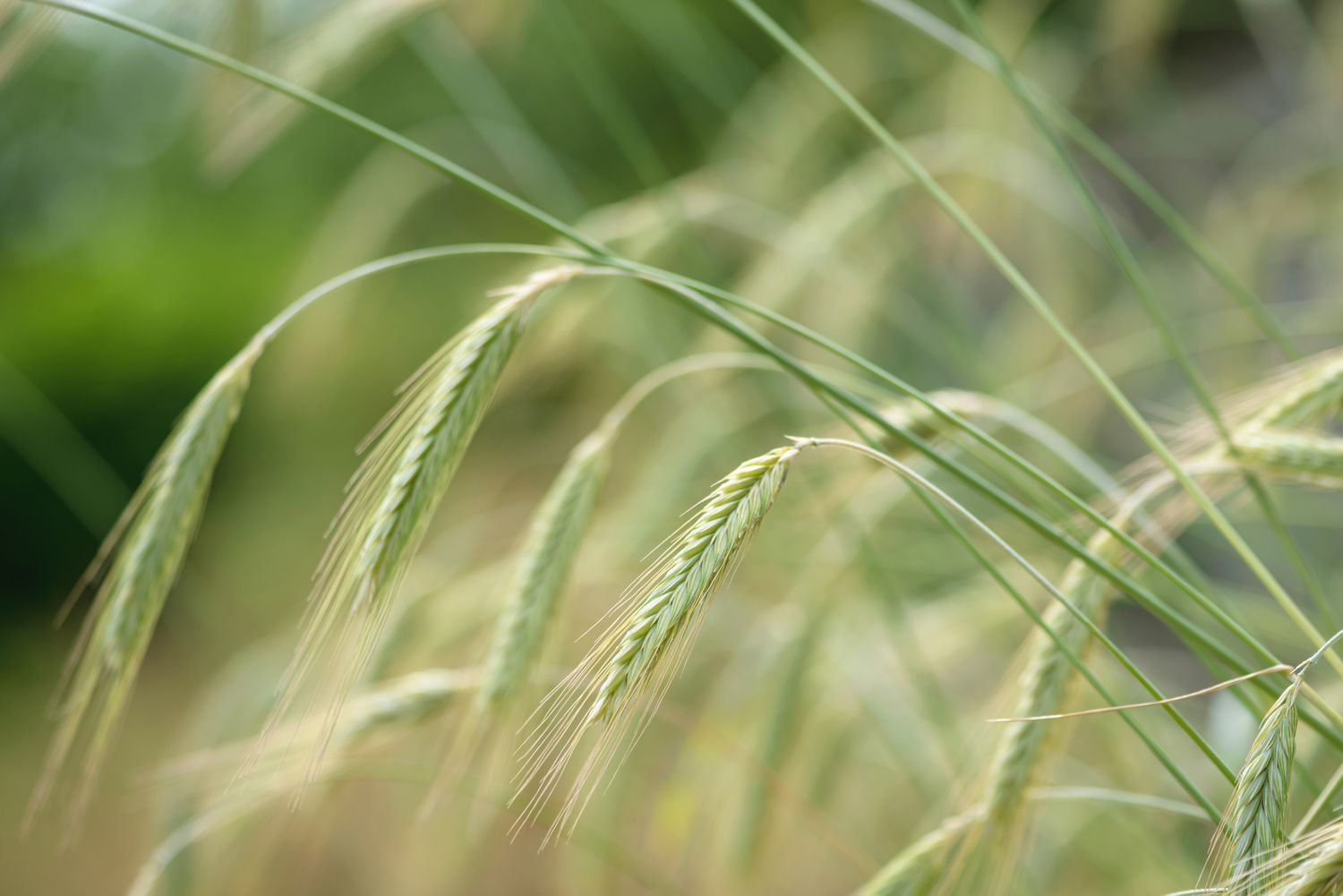
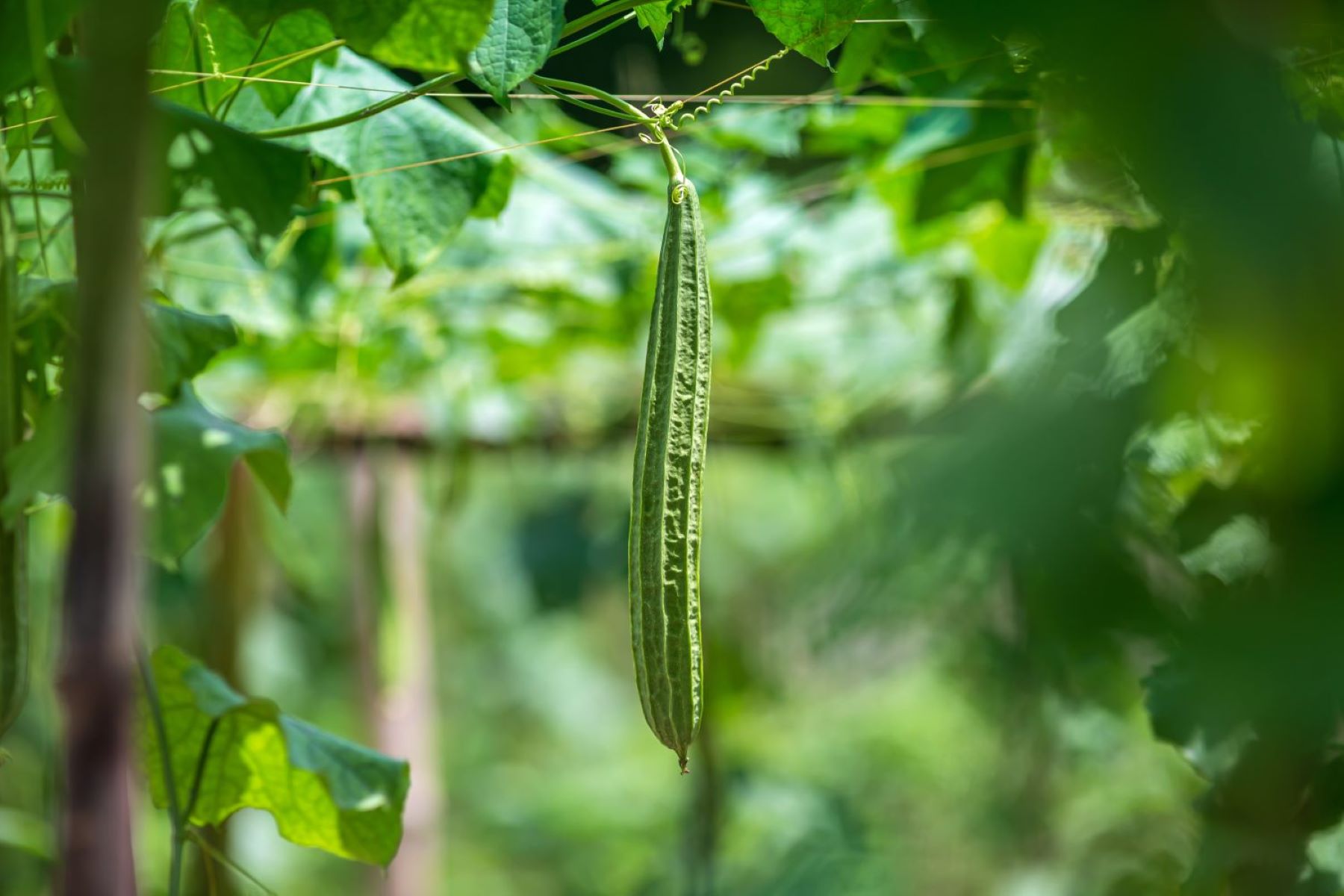

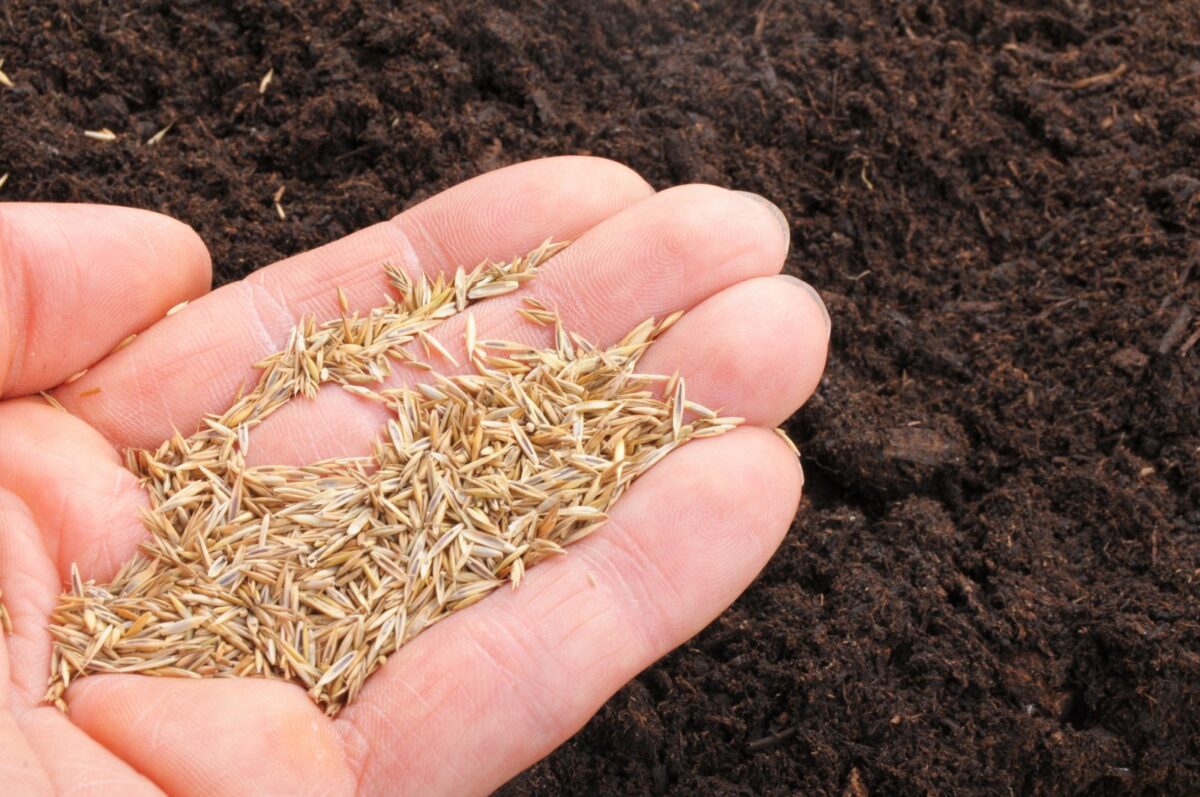
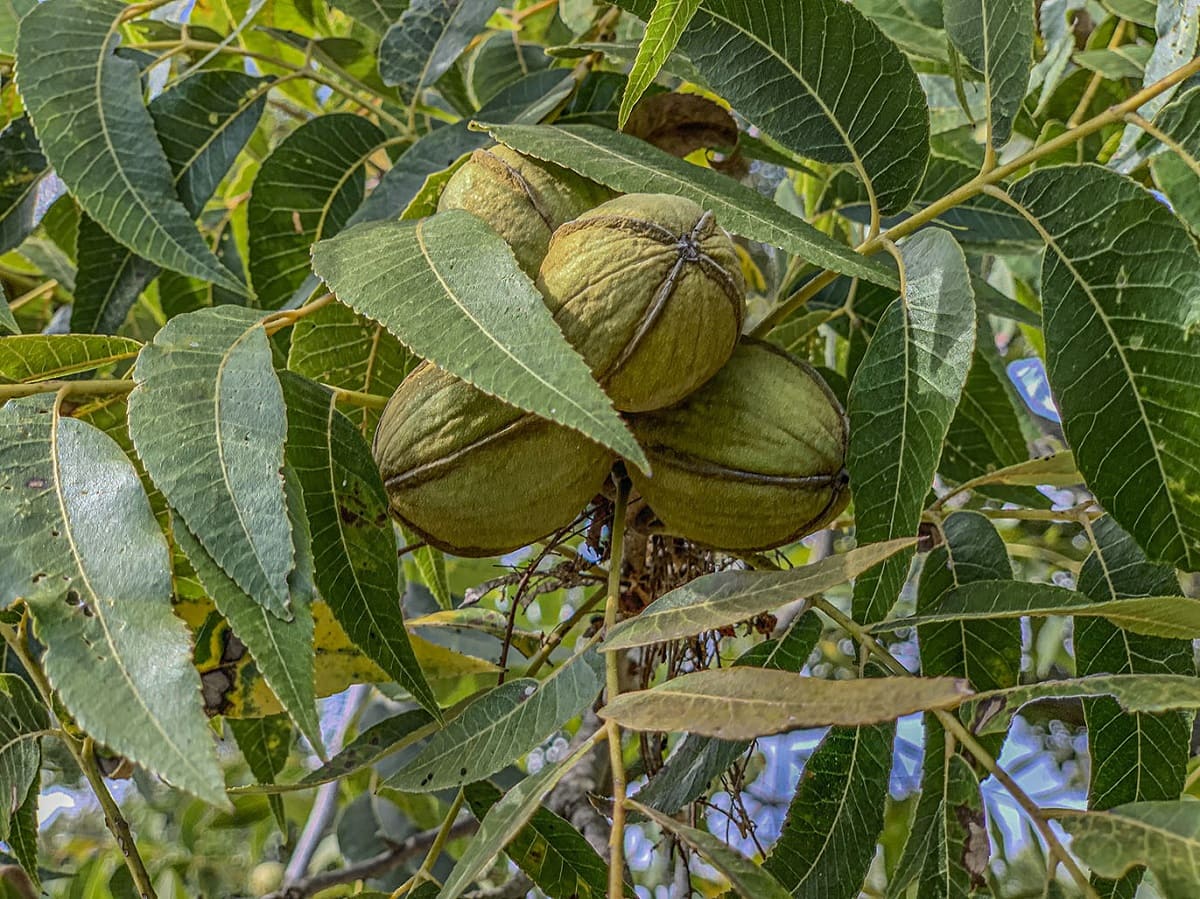
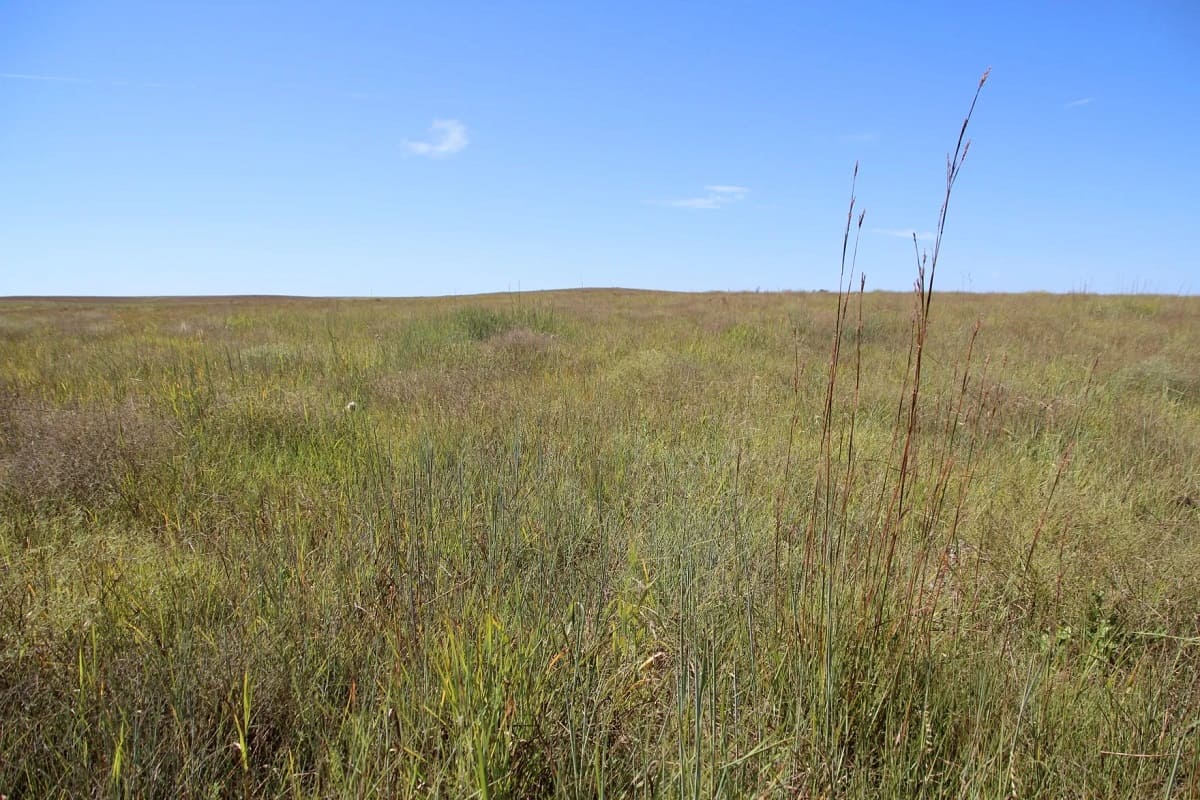
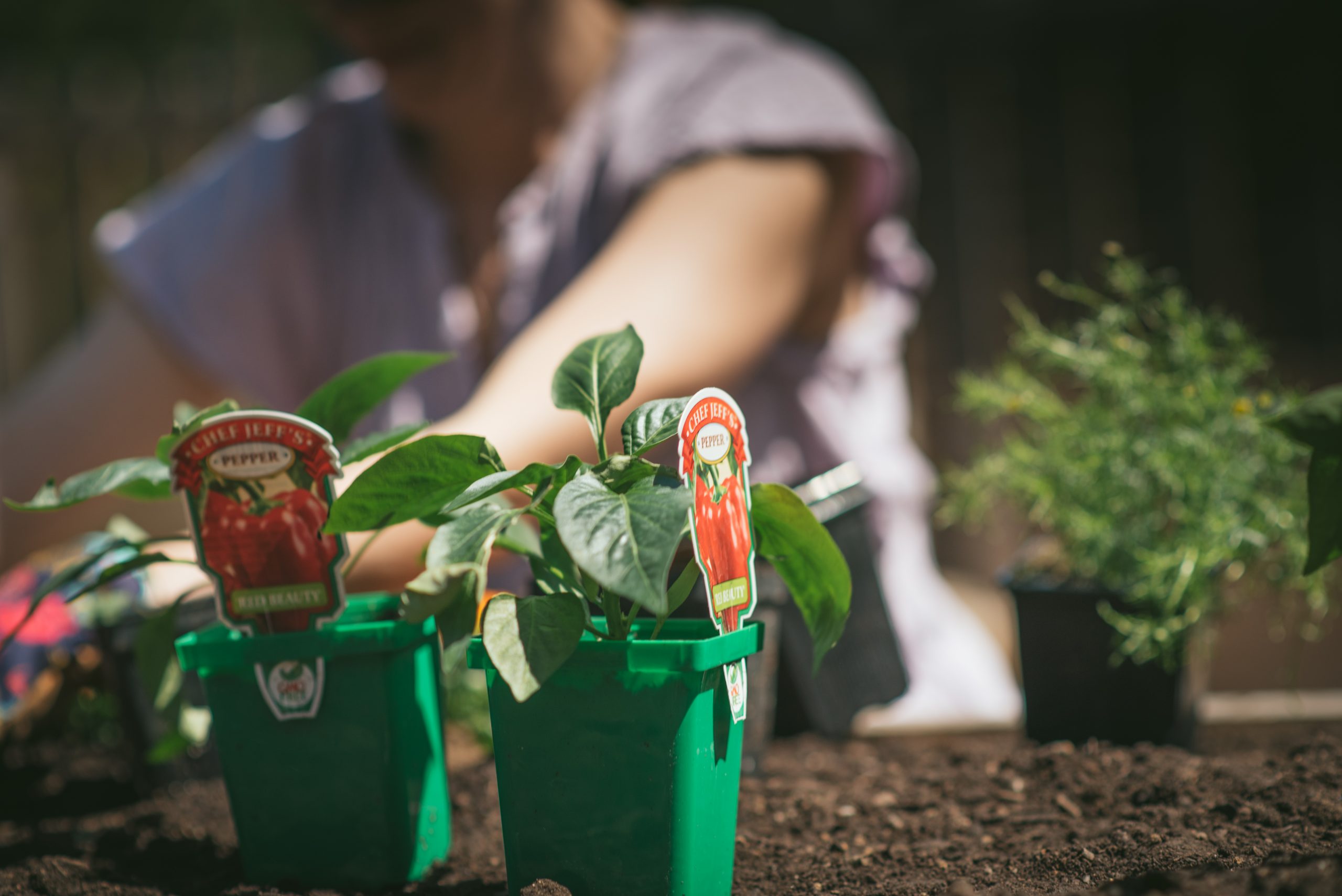
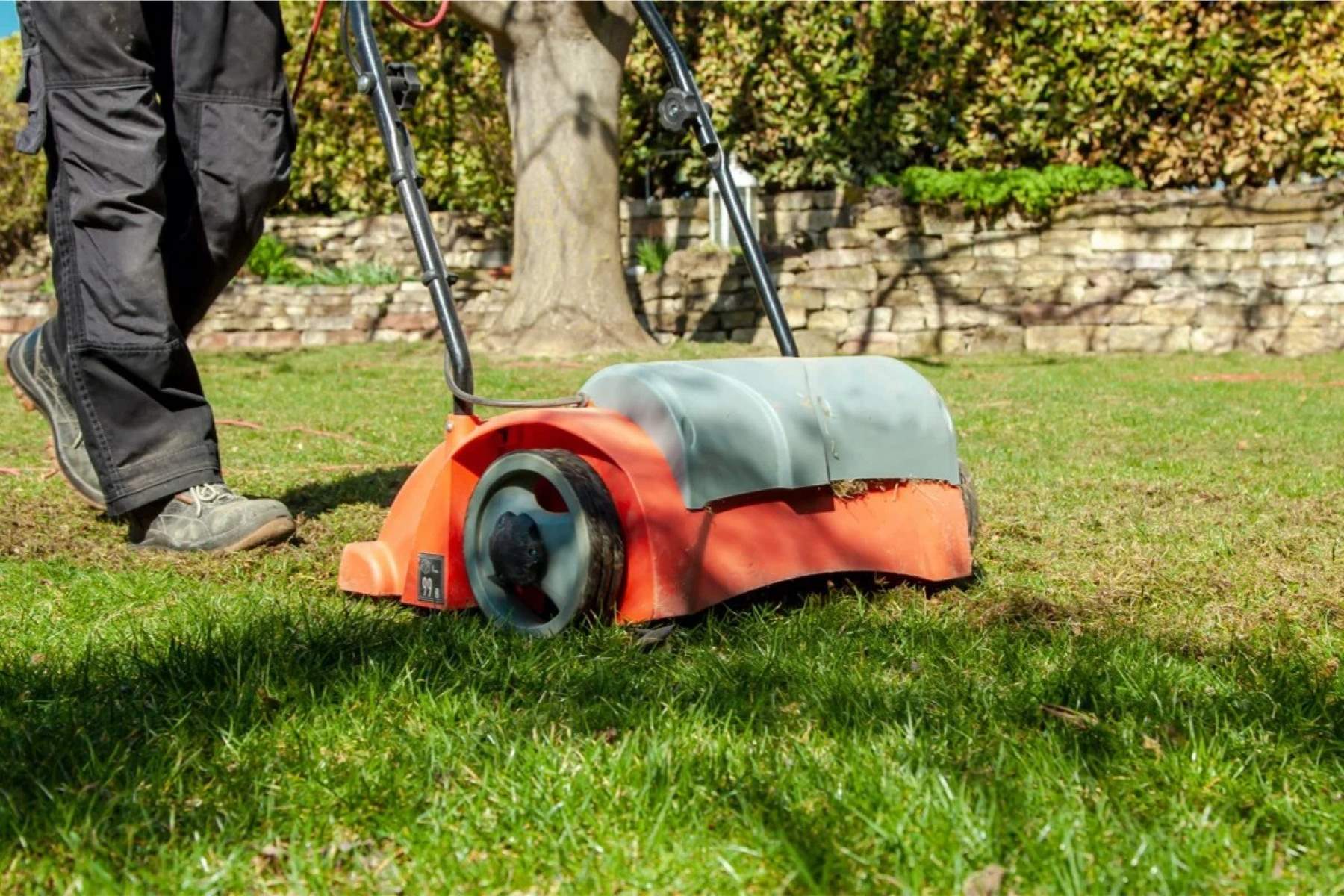
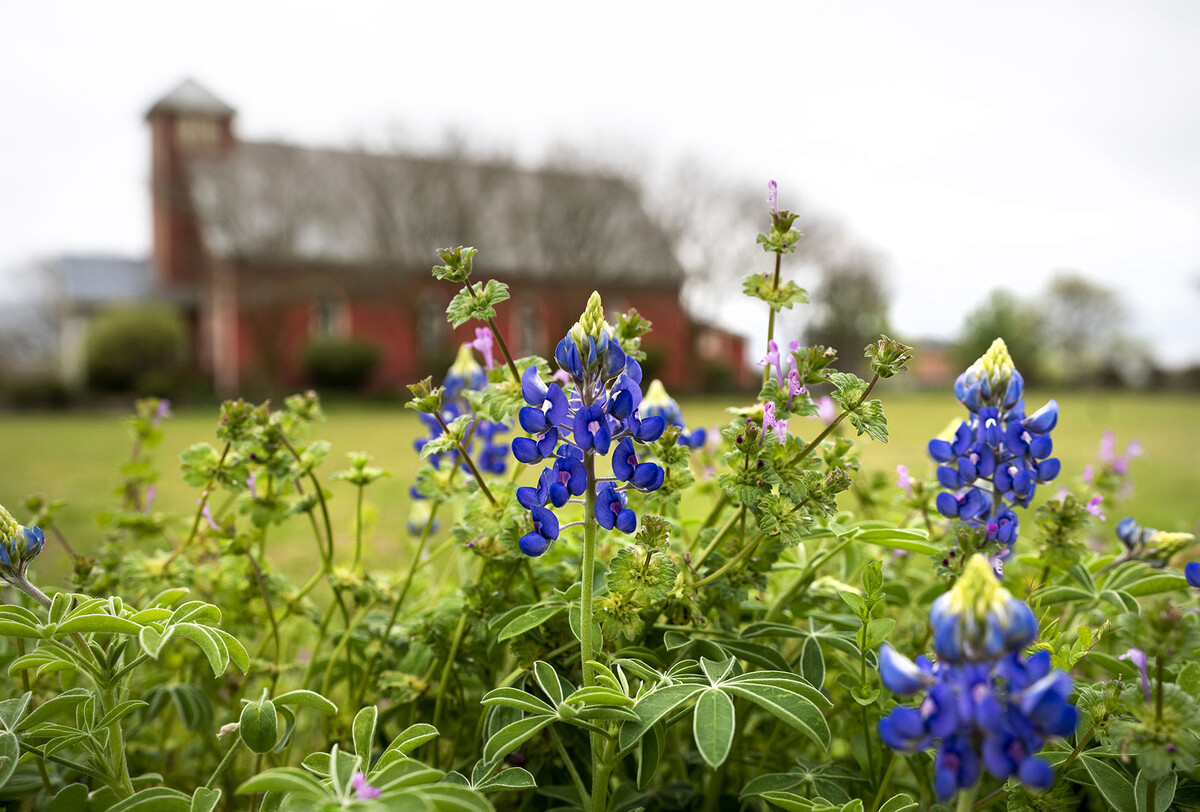
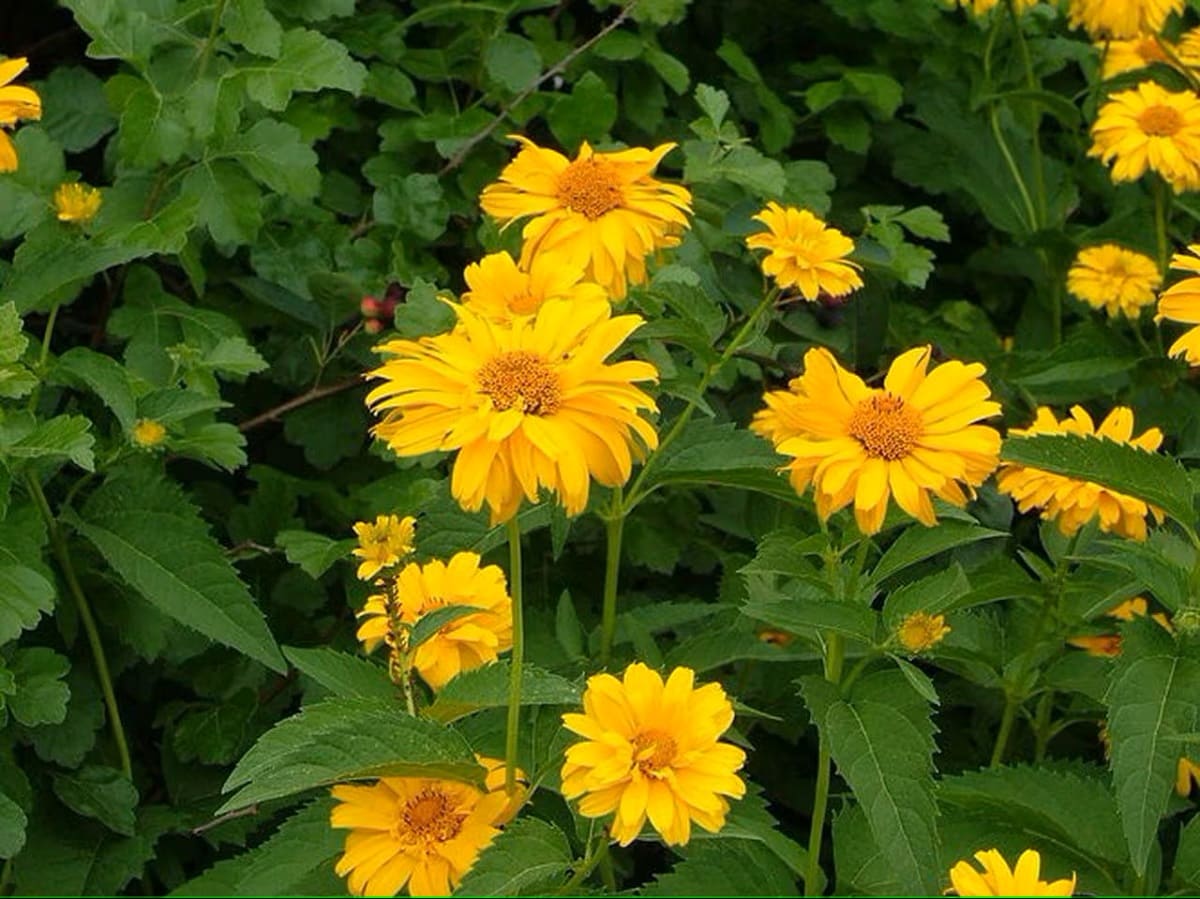
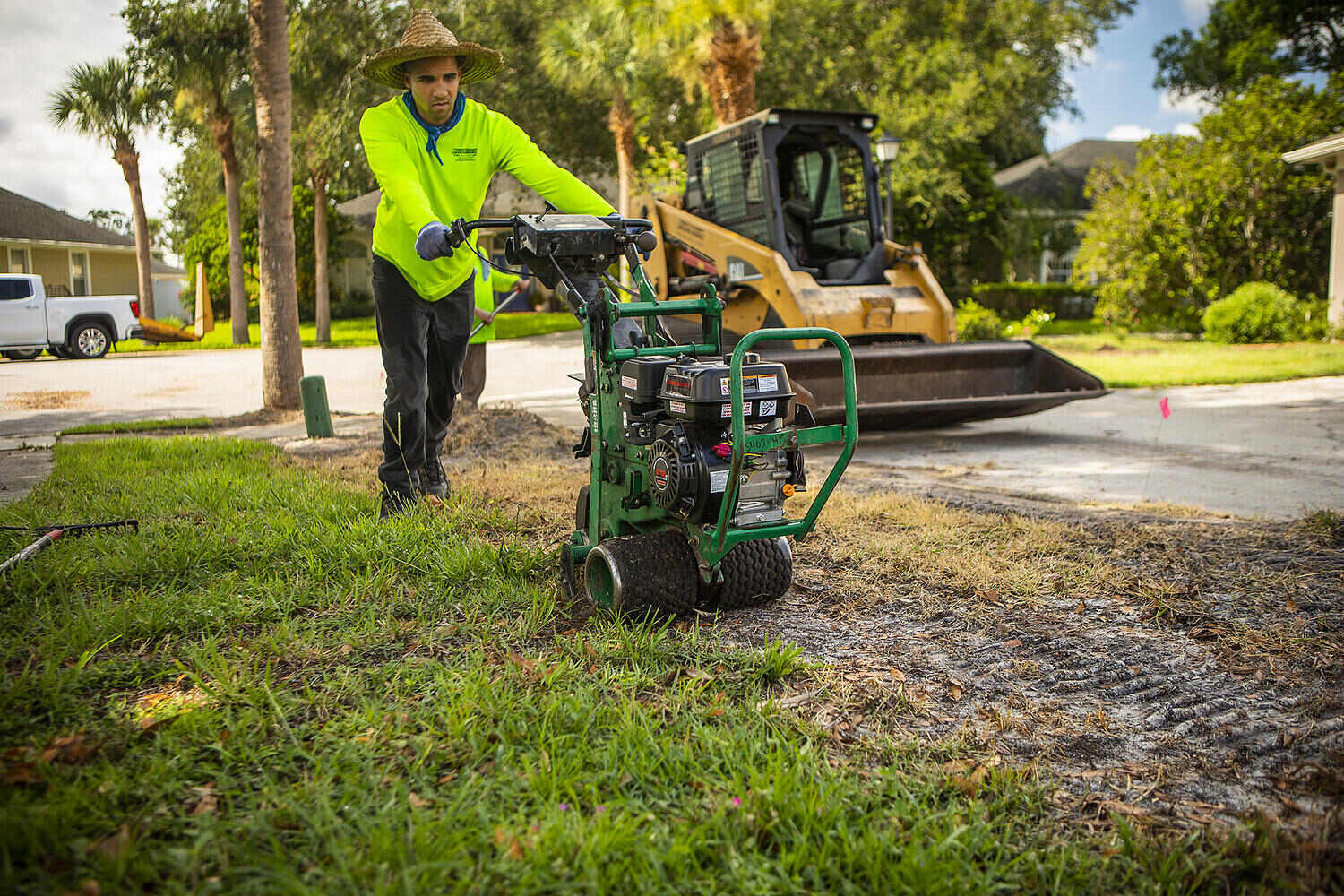
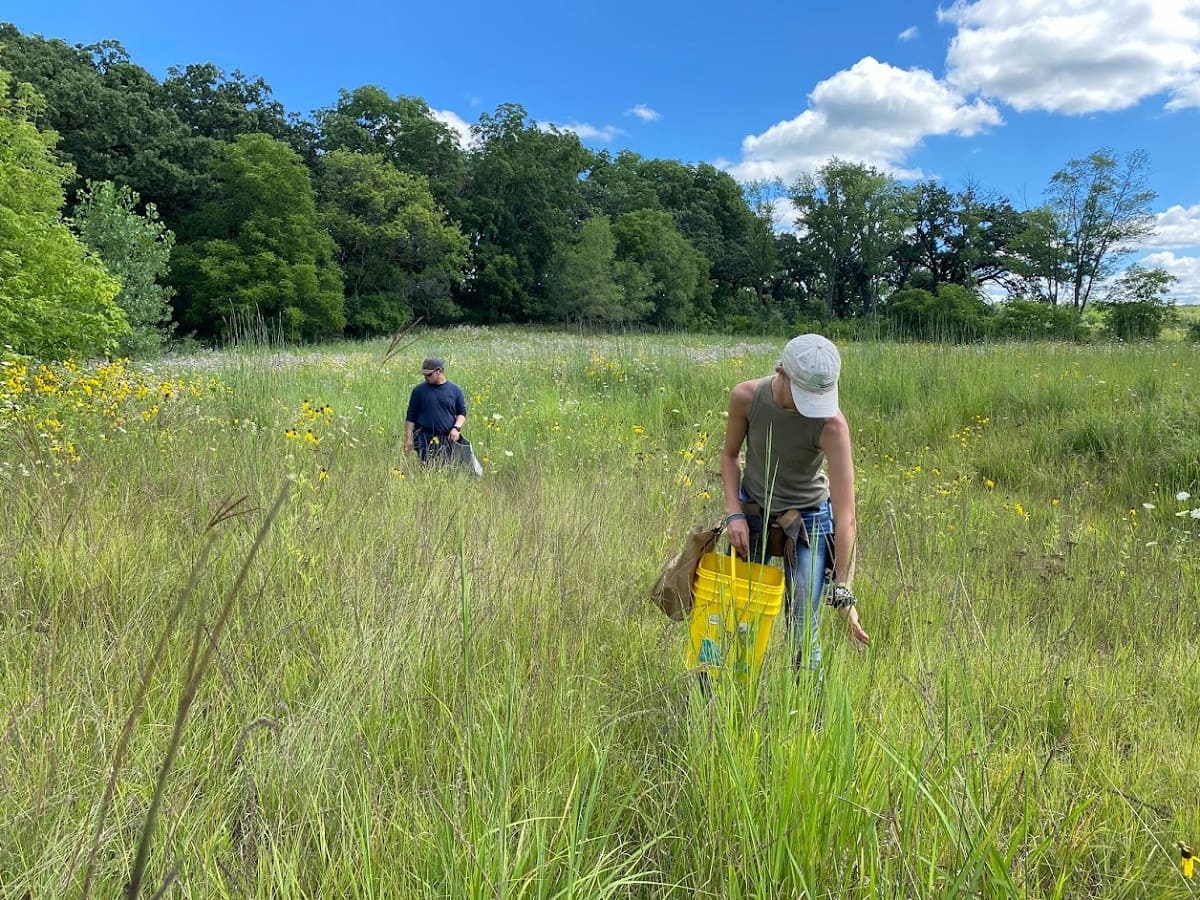

0 thoughts on “When To Plant Native Grasses In Texas”